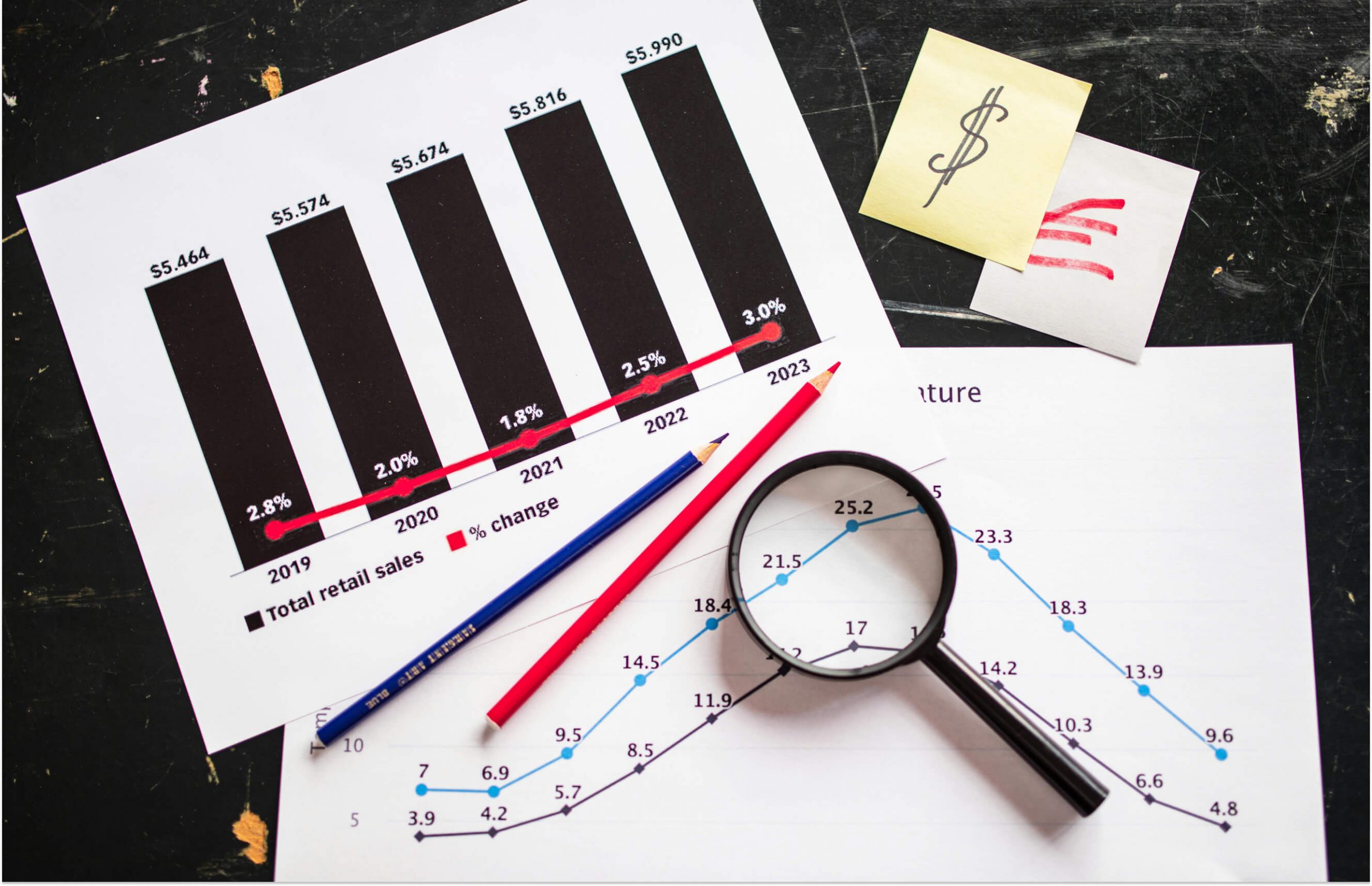Let us help you elevate your customer experience and stand out from the competition.

Any type of management is based on specific benchmarks and metrics that need to be analyzed and controlled for successful business leadership. Call center performance is no exception. In order to determine how well the department works, it is necessary to collect statistics. There are a huge number of ways to work with call center statistics. You can use specialized software, hardware, and much more. Let’s dive into this topic a bit further.
What is the purpose of analyzing call center data?
The work of any call center is closely related to time indicators. Indeed, hardware, premises, and telecommunication lines are often leased. In addition, the time of work of the operators is also paid. Accordingly, the more effective the staff is, the lower the company's costs. Therefore, call center data analysis makes it possible to solve such problems, helping to:
- As quickly and accurately as possible supplement the existing data on the company’s performance;
- Remind partners and consumers about what services the company provides;
- Create databases for various data (on potential or regular customers, regional and national companies, etc.);
- Redistribute the existing workload between employees by automating the work of employees, taking into account the experience, knowledge, and skills of each operator.
- Increase the efficiency of employees and interaction between company divisions both in a whole call center and in a single unit.
- The use of such software greatly simplifies the work of specialists who analyze indicators and determine the contact center market share.
The call center statistics make it possible to organize the company's work as efficiently as possible. With the proper selection of indicators, you can cover all aspects of the call center without exception and correctly distribute them into groups.
Don’t neglect CRM and call center management software solutions. Keep your establishment under all-around management, and you will be able to reach outstanding positions in the global market with what you have to offer.
Measuring call center stats via in-house hardware
Сall center statistics can be accumulated and analyzed using the office hardware your employees use at work. In particular, you can gather the following type of info:
- The degree of traffic load can be determined separately for every other telephone line;
- Data for each specific call accepted by the contact center staff;
- State of operator groups and duration of waiting for a response to calls;
- Indicators for each specific operator and a load of each individual port.

Reports on all items can be sent in real-time and in the form of tables in chronological order for each specific point in time or event.
Manageable parameters in call center statistics
The choice of parameters you plan to manage depends on how exactly the processes in the call center are organized and what you want to measure. For example, if you need to compare the work of two operator groups, you need one type of indicator, and if you need to measure the degree of the workload at different times of the day, others. Most often, the following can be used as controlled parameters:
- Various absolute values in call center industry statistics, in particular, the number of calls that are received by the operators, the number of calls that the operators manage to process, and the number of hours that the operator has worked for.
- Values that determine the level of service. This is about the percentage of calls that the operator answered in a certain number of seconds. The most common standard is 80/20, that is, the operator must answer 80% of calls within 20 seconds.
- Average call duration. Ideally, it should be for 3 minutes. This is a parameter that can be considered in preliminary calculations.
Сall center data in terms of outsourcing services
It is often more profitable to use the services of an operating call center than to create your own. A special table containing certain data is compiled to check the performance of such a call center. When compiling, you may use the following indicators:
- Date and time of calls;
- A special identifier that is used to register a call in the static table;
- Data about the operator (all information is recorded under a specific login);
- The subject and result of calls are necessary in order to get a list of issues clients to call to resolve in the first place;
- Date and time of subsequent calls when the subscriber could not get through the first time or if they had other questions. This also includes cases when the operator calls back after missed calls;
- Date and time of the call processing;
- Call duration (from the moment the call is received until the moment it is processed);
- Notifications of incomplete calls (in the analysis of the contact center industry, this makes it possible to determine possible errors if, for example, the moment the call ended was not included in the script).
Call center performance reports
Regular reports on its performance must be received to conduct a thorough call center analysis. Such reports, as a rule, contain information on all telephone calls and data on any changes in soft phones at employees' workplaces.

Reports may also contain links to recordings of operator conversations if the company uses the appropriate modules. Call center operators may be able to change the settings and generate new reports if necessary manually.
Common types of reports include:
- Real-time reports, which include the number of calls for each individual queue, the average waiting time for subscribers, the average duration of conversations, the load schedule of each individual line, and the manner of handling both incoming and outgoing calls.
- Chronological reports that include call center stats for a given time period. Using these reports, you can analyze the quantitative and qualitative indicators of the call center. The obtained data can be used in order to increase work efficiency.
- Custom reports may include an arbitrary set of parameters. Such reports better reflect the call center market size and allow you to determine how it meets the requirements of a particular company.
Call center performance analysis software
Specialized software allows employees working from different locations to organize their work and exchange data using standardized communication tools. Multichannel contact centers can organize sales, provide technical support, solve various kinds of customer problems, and help ensure long-term cooperation.
Most call center-focused software comes in a package of tools for call center statistic processing. As a rule, such packages and systems include:
- A call center dashboard that displays data in real-time;
- Utterly detailed reports on missed calls and customer waiting times;
- Сontact center statistics on feedback and quality service;
- Callback feature for subscribers who do not want to hang on the line;
- Features for distributing calls among organizations and operators automatically. This allows you to not only view the total number of calls per year, month, week, or day but also analyze how many calls a particular user or organization makes. And by entering the phone number in the database, you can see how many times and when they called a call center.
- Software for call center benchmark statistics allows you to sort calls by topic. You can also distribute calls by what their results were. The list can be made both universally and for each specific operator.
Special software can also allow for reporting in the form of graphs or tables. We are talking about reports for certain periods of time (week, year, or month) in automatic mode. Such reports allow you to analyze both in-house and competitor performance.
Get fast answers to any remaining questions
Thank you.
Your request has been sent successfully.
Your request has been sent successfully.






